Entry Type: Place - Starting with S
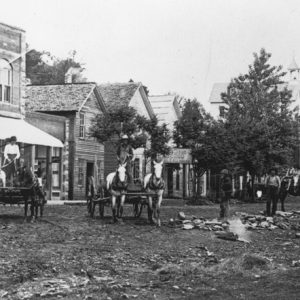 St. Paul
St. Paul
 St. Paul A.M.E. Church
St. Paul A.M.E. Church
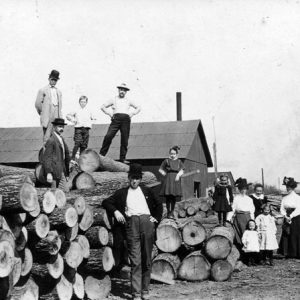 St. Paul: Railroad Timber
St. Paul: Railroad Timber
 St. Scholastica Monastery
St. Scholastica Monastery
 St. Scholastica Monastery
St. Scholastica Monastery
St. Scholastica Monastery
St. Vincent (Conway County)
 St. Vincent Hot Springs
St. Vincent Hot Springs
St. Vincent Infirmary
aka: CHI St. Vincent
 St. Vincent Infirmary
St. Vincent Infirmary
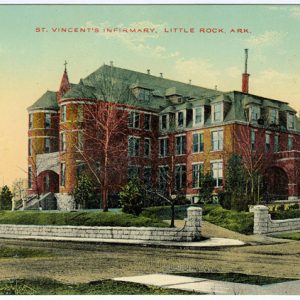 St. Vincent Infirmary
St. Vincent Infirmary
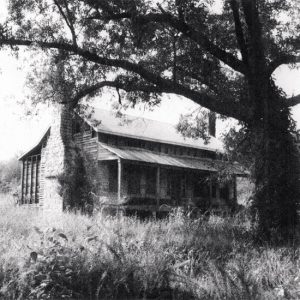 Stagecoach House
Stagecoach House
Stamps (Lafayette County)
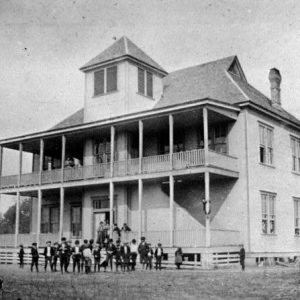 Stamps High School
Stamps High School
 Stamps Presbyterian Church
Stamps Presbyterian Church
Star City (Lincoln County)
Star City Commercial Historic District
 Star City Commercial Historic District
Star City Commercial Historic District
 Star City Street Scene
Star City Street Scene
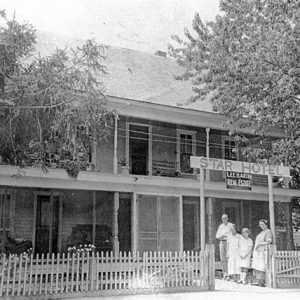 Star Hotel
Star Hotel
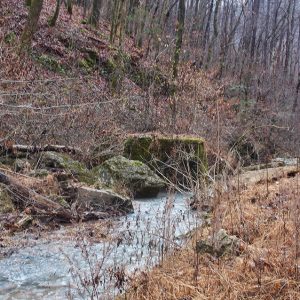 Stark Spring Washer Remains
Stark Spring Washer Remains
 Starlight Drive-in
Starlight Drive-in
Starnes Spring (Independence County)
 Starnes Spring School
Starnes Spring School
 Henry Starr
Henry Starr
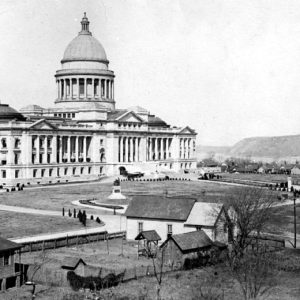 State Capitol Building
State Capitol Building
 State Fair Attendees
State Fair Attendees
 State Fair Complex
State Fair Complex
 State Fair Sideshows
State Fair Sideshows
 Park Open House Brochure
Park Open House Brochure
 State Welfare Department
State Welfare Department
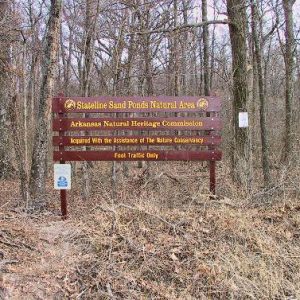 Stateline Sand Ponds Natural Area
Stateline Sand Ponds Natural Area
 Stateline Sand Ponds Natural Area
Stateline Sand Ponds Natural Area
 Steele Store
Steele Store
 Steele Supply Depot
Steele Supply Depot
Steiner, Christian
Stella (Izard County)
Stephens (Ouachita County)
 Stephens
Stephens
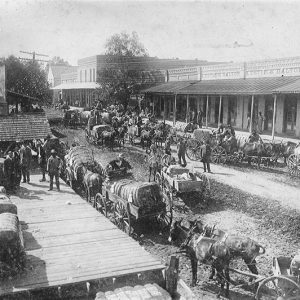 Stephens Cotton Wagons
Stephens Cotton Wagons
 Amanda Stephens's Home
Amanda Stephens's Home
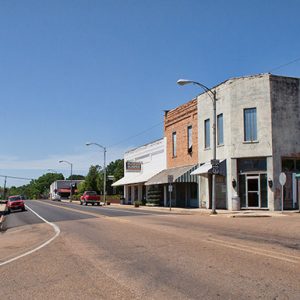 Stephens Street Scene
Stephens Street Scene
 Stephens Street Scene
Stephens Street Scene
 Stephens Inc. Building
Stephens Inc. Building
 Sterling Store
Sterling Store
 Stewart Store
Stewart Store
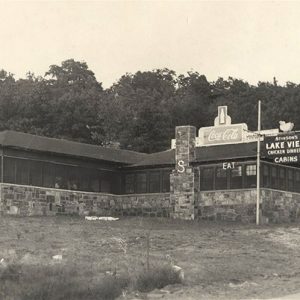 Stinson's Restaurant
Stinson's Restaurant
Stone County
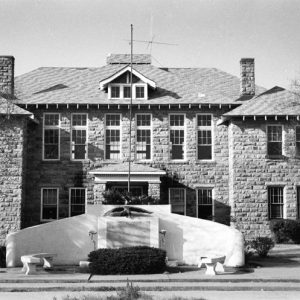 Stone County Courthouse
Stone County Courthouse




